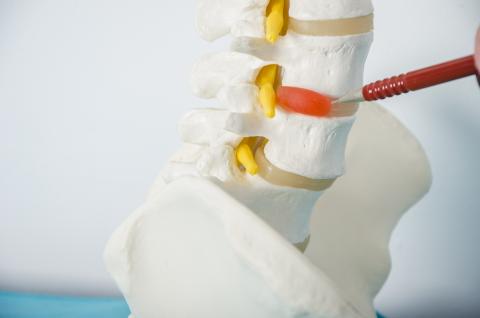Author profile

Celina Dunn, MD, CCFP, CIME
Did you know? WorkSafeBC and UBC CPD have a joint committee that develops and oversees all accredited programs. The committee includes WorkSafeBC physicians, UBC CPD staff and consultants, and community physicians and... Read More
Over the past 5 years, WorkSafeBC has increasingly used telehealth modalities to address barriers to health care delivery. This has required clinical champions, innovation, and collaboration across clinical and... Read More
In 2018, there were 155 753 work-related injuries reported to WorkSafeBC.[1] Many, if not most, community physicians will treat injured workers. There are several resources available to community physicians to help... Read More
1. A physician reviews each medical report you submit to WorkSafeBC. (a) True (b) False 2. You’ve just encountered an... Read More
Patients suffering from work-related asbestosis might be eligible for an early screening program to detect lung cancer. Based on the results of a lung cancer risk assessment tool,[1] WorkSafeBC will provide coverage for... Read More
Over the past three decades, there have been significant changes to inguinal hernia repair procedures and recovery expectations, and persistent discrepancies between what should be happening and what is happening.... Read More
Two forms of nonspecific low back pain are seen as major public health problems worldwide. These two conditions are low back pain (LBP), not attributable to a recognizable, specific pathology, and chronic LBP (C-LBP),... Read More
The objective of WorkSafeBC’s vocational rehabilitation programs and services is timely and safe return to work following a workplace injury or the onset of an occupational disease. A successful return to work benefits... Read More
The WorkSafeBC Evidence-Based Practice Group (EBPG) conducted a review of systematic reviews investigating the efficacy of treatments for chronic noncancer pain. The systematic literature search of medical databases,... Read More
Here’s how they can assist you in caring for your injured worker patients WorkSafeBC medical advisors—uniquely qualified physicians located in 14 offices throughout the province—are a valuable resource for community... Read More








